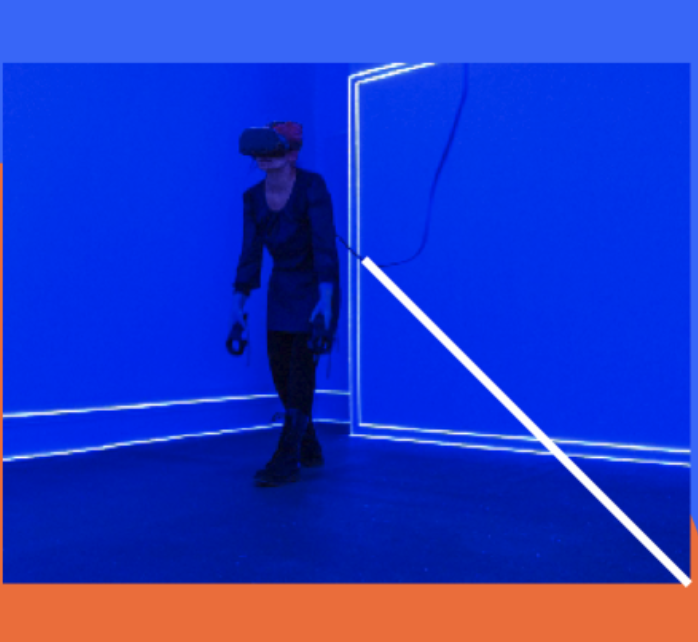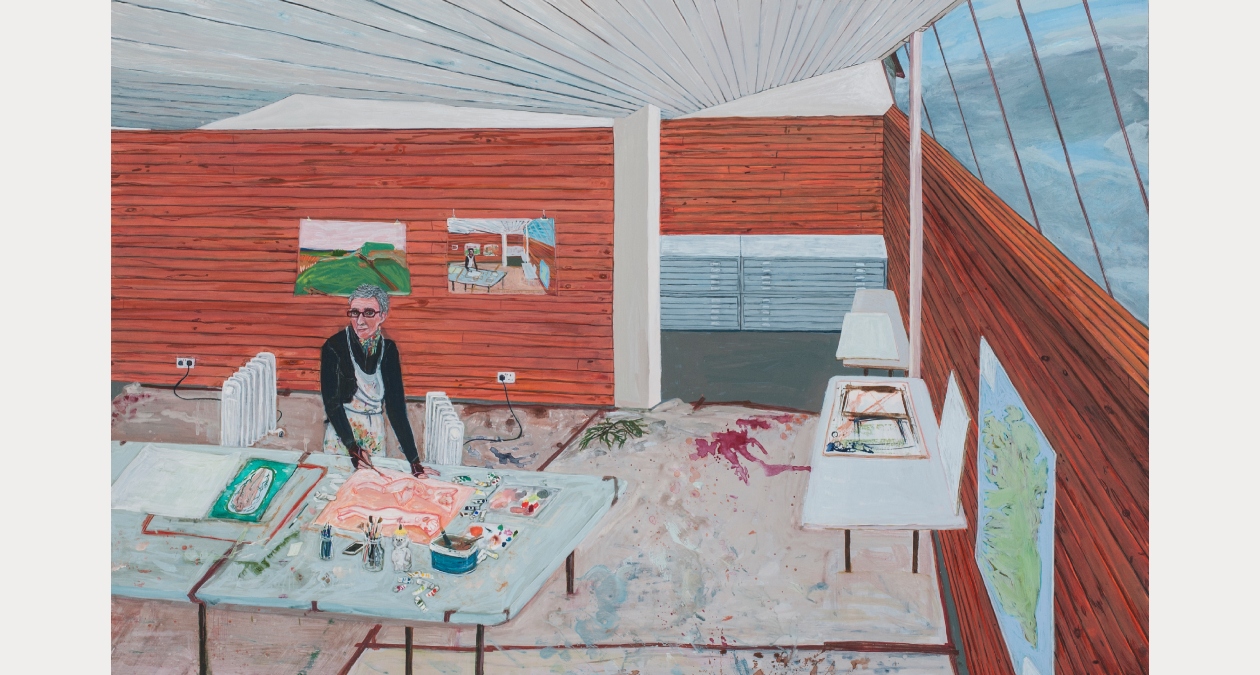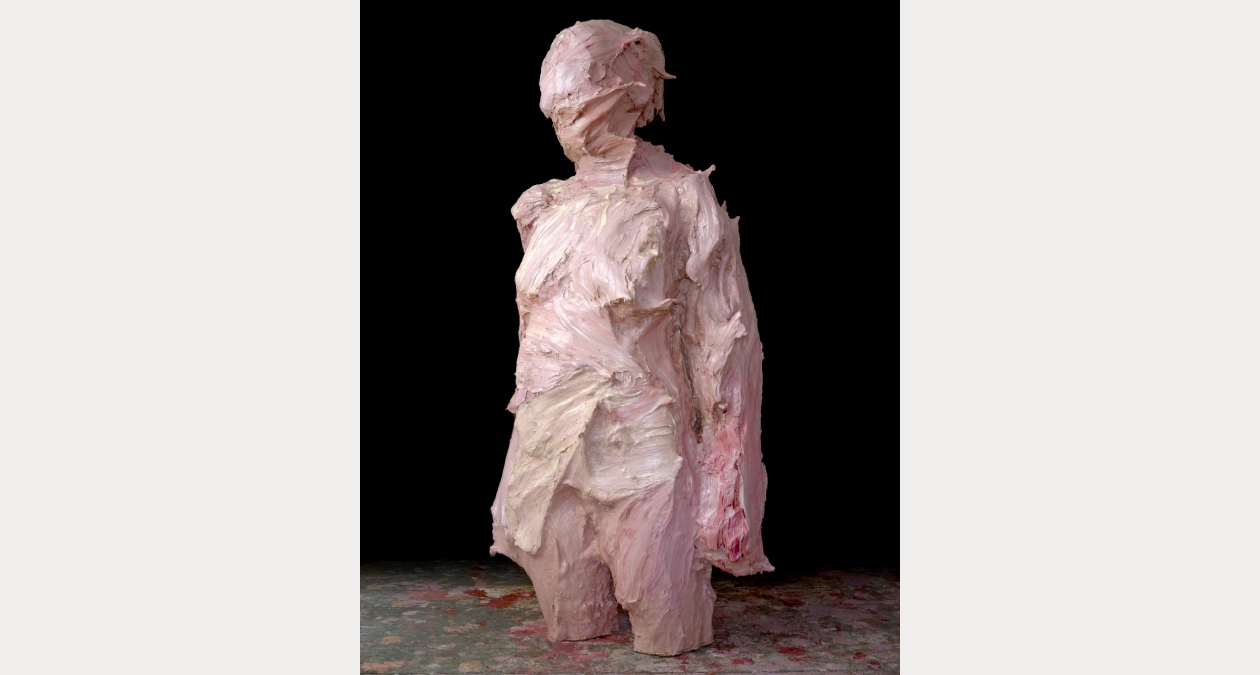Curators Notes: Ruth Carroll, RHA Curator:
In March 2017, a conversation began between an artist and a curator about making something together. Today from my home office and somewhat disconnected from the exhibition since its closure in March, I began to think about the time and labour since that initial conversation, the thousands of emails, the amazing studio visits, the funding applications, the exhibition proposals, the collaborative nature of making exhibitions, the facilitations, the site visits, the telephone conversations on remote Italian railway platforms, the compromises, the wins and the benchmarks, the countless coffees (curator + americano, artist + cappuccino) that resulted in the exhibition Folly & Diction.
This exhibition, comprising of 23 photographs and a 15 minute commissioned film, was the most recent iteration of the work made both from and around the artist’s research into the pioneering work by 19th Century geologist and physicist John Joly. It was made to be viewed without the lense of the digital, the images losing their potency without the physical experience of working out the trick of the thing. I hope that in the post-Covid time, we get to share these extraordinary artworks as they were meant to be seen. #stayathome
Over the past three years Phelan has worked on reviving the process, invented in the 1890s in Dublin by John Joly, a physicist and geology professor from Trinity College, Dublin.
Phelan’s ambition is to create a visual history for the process that it never had. To do this he uses art and historical references spanning over 500 years. The work presents a “counterfactual temporality”, to create a longer potential history for photography.
The photographs comprise of two parts – the sheet film from a large format camera and a colour screen, printed onto clear sheet. The Joly process is not a chemical dye coupler or inkjet but instead filters light to create colour, on exposure and then on display. The screen is made up of red, green and blue stripes, giving the photographs a very distinct appearance. The small images have the intensity of painted miniatures, illuminated by LED panels, slowing down the viewing of a photograph as well as allowing for a unique colour shift that happens on display.
Phelan also engages different installation devices on walls, windows and lighting to reference the process as well as narratives from a wider art history of painting and sculpture. He frequently collaborates with others in making work and in this case has worked with members of the Dunboyne Flower & Garden Club in making the floral images for this exhibition. For Phelan this is an opportunity to expand his interest in participatory practices – art making that involves working with others to expand the notion of authorship into a shared activity one where meaning remains unfixed and creating agency as well as new knowledge in the process.
Similarly he has worked with a variety of talented artists and musicians for the video who include Elaine Hoey, James Kelly, Ian McInerney, The Late David Turpin, and Louis Haugh. The video brings the analogue stripes of the Joly Screen into the digital age with audio-responsive animations which overlay a troubled biographical narrative about John Joly and his collaborator Henry Dixon. Typical of Phelan the story presented is a fusion of references coming from texts by Samuel Beckett and Jean Genet and functioning outside of adaptation or appropriation to “re-narrativise” instead and create a new or different story history. The photographs in Folly & Diction are arranged in sequences that mix floral, self-portraits and objects, with titles acknowledging source artists and related historical events. The show title embeds Joly & Dixon into this speculative history by homonym, while acknowledging the possible humour in these probable revised histories and queer re-reading of photography.
Public Events
Wednesday 4th March, 6.30pm: Love: first, second, third
In this live performance, two actors will read, critique and deconstruct two of the literary texts by Samuel Beckett and Jean Genet that are referenced in Phelan’s video work. The event explores fan fiction which switches genders and the sexuality of characters from original texts as Phelan has done in his film. With a live re reading of the source material the actors will interact with live video projection, offering an additional commentary, providing different insights into how all three texts can, and have been interpreted. Booking is essential for this event.
Saturday 21 March, 2pm: A Dance Response by Dublin Youth Dance Company
All welcome, booking not required. Over the course of Phelan’s exhibition, Dublin Youth Dance Company (DYDC) will be developing a dance performance in response to the work in the show. This response will be presented to the public in the gallery on Saturday 21 March at 2pm.
Dublin Youth Dance Company (DYDC) is Ireland’s premiere contemporary youth-dance group that continuously strives for excellence and high standards. Their main aim is to offer talented young dancers the opportunity to participate in the creation, production and performance of contemporary dance works to the highest-level of expertise. DYDC also presents the annual Irish Youth Dance Festival with International Dance Residencies, master classes and stage performances at Draíocht Arts Centre, 27 & 28 June and Pavilion Theatre, 4 July.
www.dublinyouthdance.com


